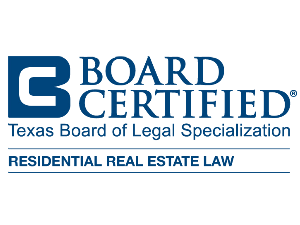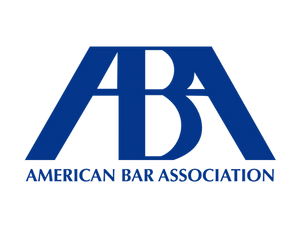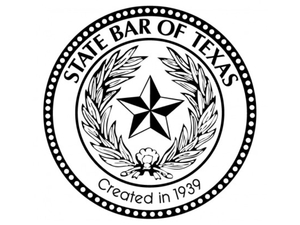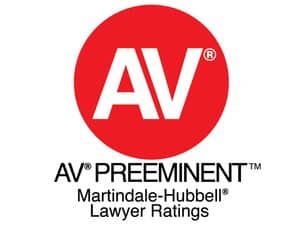









Property Liens are financial claims (or holds) against real estate property by a creditor or other claimant that must be released before the property can be sold “free of liens”.
Unfortunately, even though a lien claim may not be legally valid, you will still need to have it released or cleared before you can transfer the property “free of liens”.
A Release of Lien may be full or partial. A Full Release of Lien releases all of the property from the Lien. A Partial Release of Lien releases only a portion of the property from the Lien. The Lien continues on the unreleased portion of the property.
A Lien Release is a document which states that a Lienholder has lifted or released a Lien. A Lien Waiver is a written document that waives the signor’s right to file a Lien.

Note: A Lienholder may be a person or entity who has put a lien on a property. The Lien is a legal interest in the property.
Texas Real Estate Liens are filed in the property records in the county records office.
The Lien is used by the creditor or other claimant to publicly assert a claim to your property. The Lien claim may be voluntary or involuntary, valid or invalid.
If there are multiple Liens on a property, each valid Lien holder usually has a right to be paid back. Liens will typically be paid according to when each Lien holder recorded their Lien
The following is a list of the most common Liens:
When a bank or mortgage company makes a loan to purchase a real estate property, that loan is secured by a Lien on the property. This is the most common voluntary Lien. Only when the mortgage is paid in full will the Lien be released by the loan provider and the property will be yours “free of liens”.
A Home Improvement Lien is used to secure your promise to pay a contractor, pool company, roofer, cabinet maker, painter, or other provider of labor or materials used to improve your property.
It is also referred to as a Mechanic’s Lien Contract.
In most cases, the obligation is transferred to a bank so that the contractor gets paid in full, and you then make monthly payments to the bank.
If a contractor or subcontractor has worked on your property or supplied materials for your property and they have not been paid, a Lien may be placed on your property called a Mechanic’s Lien. This is an involuntary Lien. However, the Lien could become voluntary if the property owner signs a written agreement granting the Lien.
The state, county, city, school district, and other local tax authorities all have Liens on all property in tax. This is an automatic Lien. These government agencies do not need to file any document for the Lien. Instead, you need to ask these agencies if the taxes have been paid before you sell or buy the property. If you fail to do so, the buyer will need to pay all back taxes on the property to have clear title.
If you owe back taxes and fail to pay after receiving notice from the IRS, a Lien can be placed on your property until the debt is cleared. This is an example of an involuntary Lien.
If a judgment is not paid, the recipient may have the right to place a Judgement Lien on your property. This is an involuntary Lien.
If child support or alimony is not paid, the recipient may have the right to place a Lien on your property. This Lien will stay until the debt is satisfied. This is an involuntary Lien.